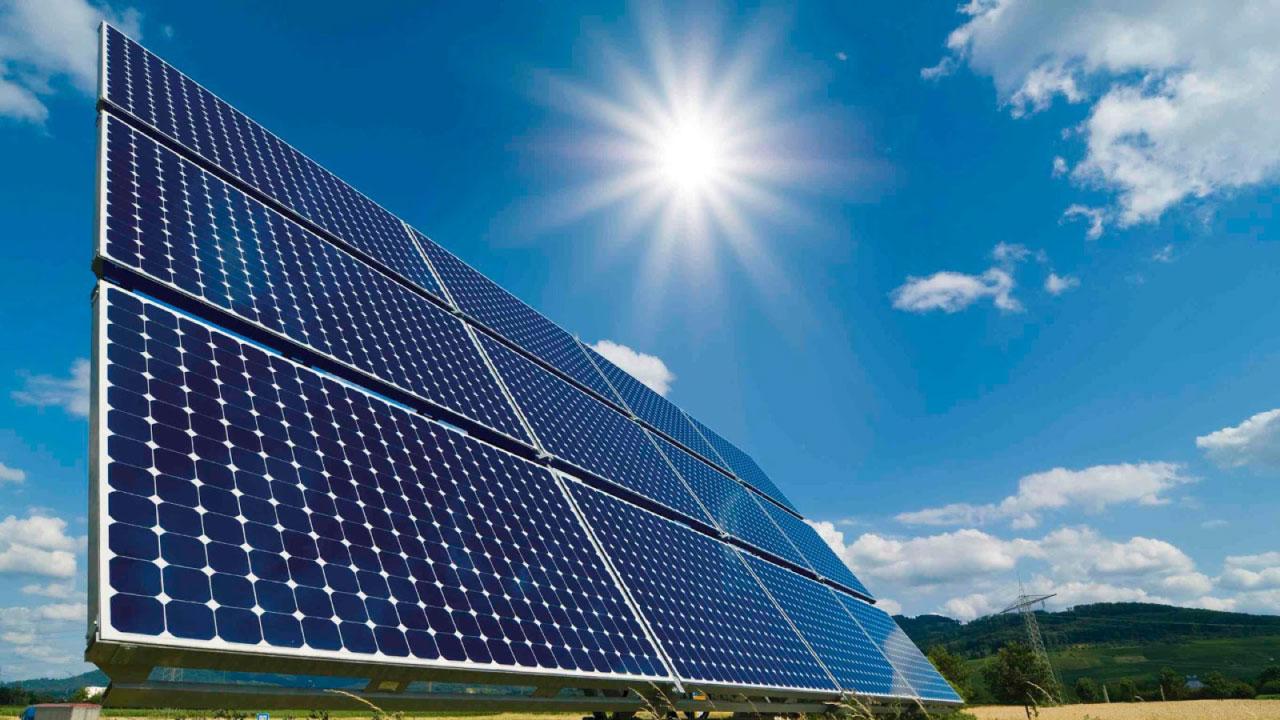Solar Energy Market Competitive Strategies and Key Players Shaping Global Renewable Energy Growth

The global solar energy market has witnessed transformative growth over the past two decades, driven by rising environmental awareness, supportive governmental policies, and technological advancements. At the heart of this growth lies a competitive and rapidly evolving landscape where key players are constantly innovating to maintain and expand their market share. This article delves into the competitive dynamics of the solar energy market, evaluating major players, strategic movements, and regional trends that are shaping the future of this vital sector.
Market Overview
Solar energy has transitioned from a niche source of power to a mainstream energy option. As of 2025, the global solar energy market is valued at over USD 250 billion and is expected to grow at a CAGR of more than 6% in the coming years. This growth is fueled by increasing demand for clean energy, declining solar photovoltaic (PV) costs, and enhanced storage technologies.
Key segments in this market include solar PV systems, concentrated solar power (CSP), and solar thermal systems. Among these, PV technology dominates due to its cost-efficiency, scalability, and ease of installation. Residential, commercial, and utility-scale applications further segment the market.
Competitive Landscape
The solar energy market is moderately fragmented, with the presence of both global giants and regional players. Companies compete based on technology, efficiency, pricing, financing options, and after-sales services.
Major Players
Some of the most influential companies include:
-
First Solar Inc. – A U.S.-based leader in thin-film PV modules, known for high efficiency and sustainability.
-
JinkoSolar Holding Co., Ltd. – A Chinese manufacturer, ranked among the top module suppliers globally.
-
Canadian Solar Inc. – Noted for its global supply chain and diversified energy solutions.
-
LONGi Green Energy Technology Co., Ltd. – A key innovator in monocrystalline silicon modules.
-
SunPower Corporation – Renowned for its high-efficiency solar panels and integrated energy solutions.
These players consistently invest in research and development to boost module efficiency, reduce manufacturing costs, and expand product portfolios.
Strategies Driving Competition
-
Technological Advancements
Innovation remains a key competitive lever. Companies are investing in next-gen technologies like bifacial panels, perovskite cells, and smart solar systems. High-efficiency panels that maximize energy output even in low-light conditions are reshaping the playing field. -
Vertical Integration
Many top-tier companies are adopting vertical integration strategies—managing everything from raw material sourcing to system installation. This enhances quality control and cost management while offering end-to-end customer solutions. -
Strategic Partnerships and Mergers
Partnerships with utilities, EPC contractors, and battery storage companies help firms offer integrated solutions. Mergers and acquisitions, especially in emerging markets, are also common as firms seek to broaden their geographic footprint. -
Sustainability and ESG Goals
A growing number of players are aligning with Environmental, Social, and Governance (ESG) principles. Solar companies increasingly focus on low-carbon manufacturing, ethical sourcing, and transparent governance to appeal to eco-conscious investors and consumers.
Regional Competitive Dynamics
-
Asia-Pacific is the largest and fastest-growing region, driven by China, India, and Japan. China, in particular, is both the largest producer and consumer of solar technology, leading in scale and cost competitiveness.
-
Europe is focusing on energy independence and green transition. Germany, Spain, and the Netherlands are major contributors, with strong policy backing and incentive programs.
-
North America, especially the United States, is seeing renewed growth due to federal tax credits, state incentives, and corporate demand for clean energy.
-
Middle East & Africa is emerging as a lucrative region with high solar potential and growing investment from both public and private sectors.
Challenges in Competition
Despite the optimistic growth trajectory, companies face several challenges:
-
Supply Chain Disruptions: Geopolitical tensions and trade policies can disrupt the supply of essential materials like polysilicon.
-
Pricing Pressure: Intense competition often leads to price wars, affecting profit margins.
-
Policy Uncertainty: Sudden changes in government policies or tariffs can impact market stability, especially in developing countries.
The Road Ahead
The solar energy market will remain fiercely competitive as companies strive to meet growing global demand and sustainability targets. Innovation, localization, and strategic collaboration will be key differentiators. As markets mature and new regions open up, the companies that can blend technological prowess with affordability and sustainability will lead the next phase of solar energy evolution.
- Art
- Causes
- Crafts
- Dance
- Drinks
- Film
- Fitness
- Food
- Games
- Gardening
- Health
- Home
- Literature
- Music
- Networking
- Other
- Party
- Religion
- Shopping
- Sports
- Theater
- Wellness


